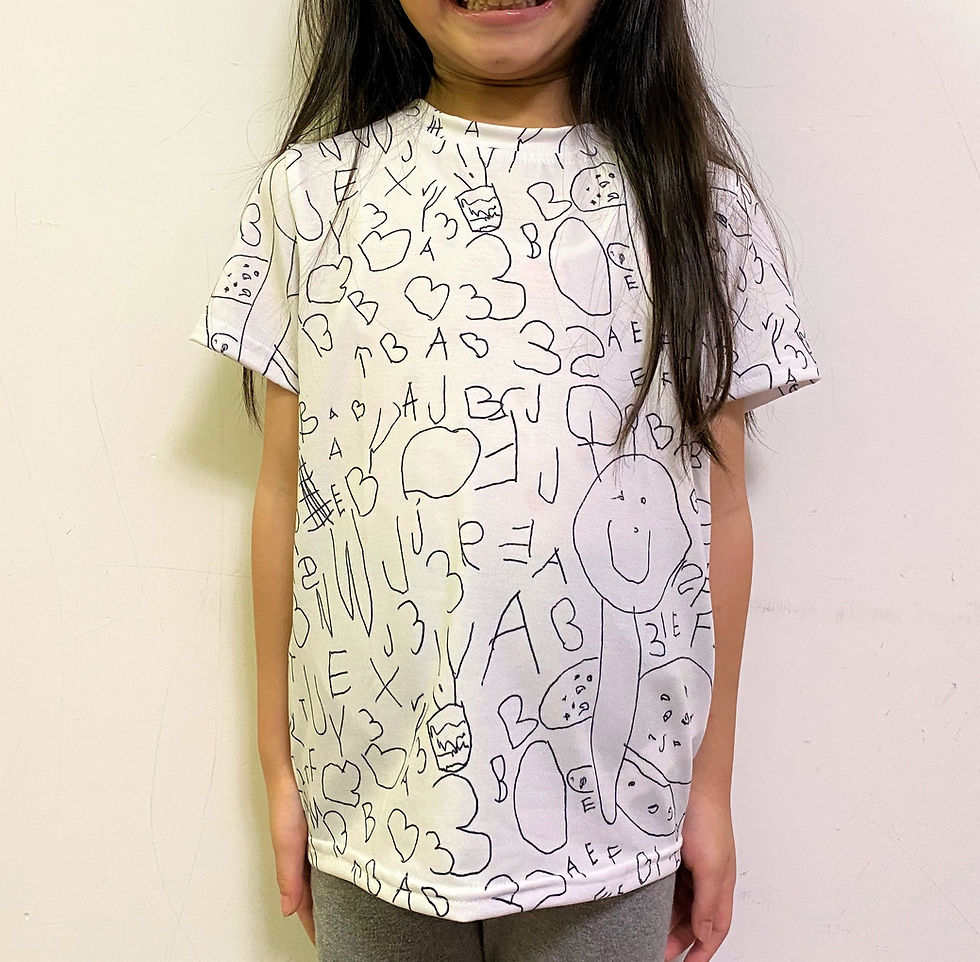5 Tips in Choosing Baby Clothes: Daywear and Nightwear
- Tommy

- Nov 24, 2020
- 4 min read
Updated: Dec 11, 2022
The information contained in this article is for general information purposes only and is not meant in any way to replace advice given by healthcare professionals.
When choosing and buying baby clothes, parents can be faced with many choices that, in the baby's younger days, can seem quite confusing. Striking a balance between practical and cute, fashionable and comfortable, need and impulse, and night and day can all play their part in affecting decisions on what baby clothes to buy, and in what quantity.
All of these difficulties in choosing baby clothes are made worse by the fact that babies grow so quickly. You do not necessarily buy to fit now, but fit for the next few months if at all possible.

When buying the first baby clothes, and even with follow up shopping sprees as the baby grows, it can be helpful to remember a simple division rule, a rule of three. Your baby will basically need three types of clothes: daytime clothes, night wear (or sleepwear), and clothes for going out.
The baby sleepwear will likely outweigh the other categories, as sleeping is what babies spend most of their time doing in the early stages. But how do you decide what numbers to buy of each? Well, that may depend on how often you want to do laundry, but you will soon find a level that suits both your routine and the level of cleanliness and smartness you want for your baby.
Daywear
The clothes you have for your baby to wear around the home should, most of all, be comfortable, easy to access for changing diapers, and simple. These are the clothing articles that your baby will spend most of her time in, so they are bound to get dirty. When the baby dribbles, brings up her milk, crawls around on the floor, or does any of the other messy baby pastimes, these clothes are going to bear the brunt of the soiling. Because of this, you will probably not want your baby to wear her best outfits, such as special gifts, around the home all the time.
The best clothes for day to day needs are probably simple body suits. Onesies is a brand name, but the term has stuck as a description for this type of one piece baby wear. Some parents call them growbags to their children, but that was because they are keen gardener! You will probably need between five and ten of these one piece baby suits to keep on top of daily requirements.
Sleepwear or Nightwear
Baby clothing for sleeping should meet some of the same needs as the daywear, at least in terms of comfort, and accessibility for changing. In fact, if you live in a warm climate, you may be able to get away with using similar clothes night and day.
However, if you live in a colder region with colder nights, then a warmer version of the day wear would be needed, or heavier knit pyjamas or similar sleepwear. It is all common sense really, and it will not be long before your baby tells you in no uncertain terms what she is comfortable in, and cannot abide.
Dressing Up For Special Occasions
For outdoor baby wear, the parents have a chance to dress baby up to look smart and nice. This is where some of those baby shower gifts may come into their own, or the baby clothes that have taken your eye at the local department store.
However, these items should still be checked for their practicality, making sure that straps, snaps, bows and so on do not interfere with diaper changing, or cause any discomfort to the baby. You can, though, show off a bit, and it won't be long before baby wants to dress up to go out.
More tips on buying baby clothes
1. Environment-Friendly Baby Clothing is one option many people overlook. There are baby nightgowns, sleepers, and pajamas that are made from 100 per cent organic cotton with nickel-free snaps. There is organic baby clothing, baby blankets, and baby bath towels to choose from.
2. Buttons, Bows, Snaps, and other decorative items on baby clothes can be uncomfortable for the baby. Remember for to check out the location of all functional and decorative items. Think about how the baby will be laying on the article of clothing and how the accessories may be bothersome or even harmful.
3. The worst thing to forget when buying baby clothes is the fact that the parent will have to actually put these baby clothes on the baby and take them off again. Be sure the baby clothing has easy access for diaper changing, clothing changes, etc. Usually snap crotches are great for ease of diaper changes. Neckline may be stretchy or have a snap or two to widen the opening around your baby's head.
4. Gifts from everyone are usually given as newborn or small sizes and you don't know how quickly the baby will grow or outgrow baby clothes. Buy baby clothes one size too large and you can’t go wrong.
5. Hand me downs and second hand baby clothes are a great way to enhance your baby's wardrobe. Since little ones often don't wear clothes often because of how quickly they tend to grow, the wear on the clothing tends to be minimal. You can usually get several babies worth of use out of an outfit!
With our experiences share on daywear, nightwear and baby clothes buying tips, we truly believe you can find the most suitable clothes or onesies to your little one.
If you find this article is helpful and you want to help others too, just share it in any social media (such as Facebook, Instagram, Pinterest)









Comments